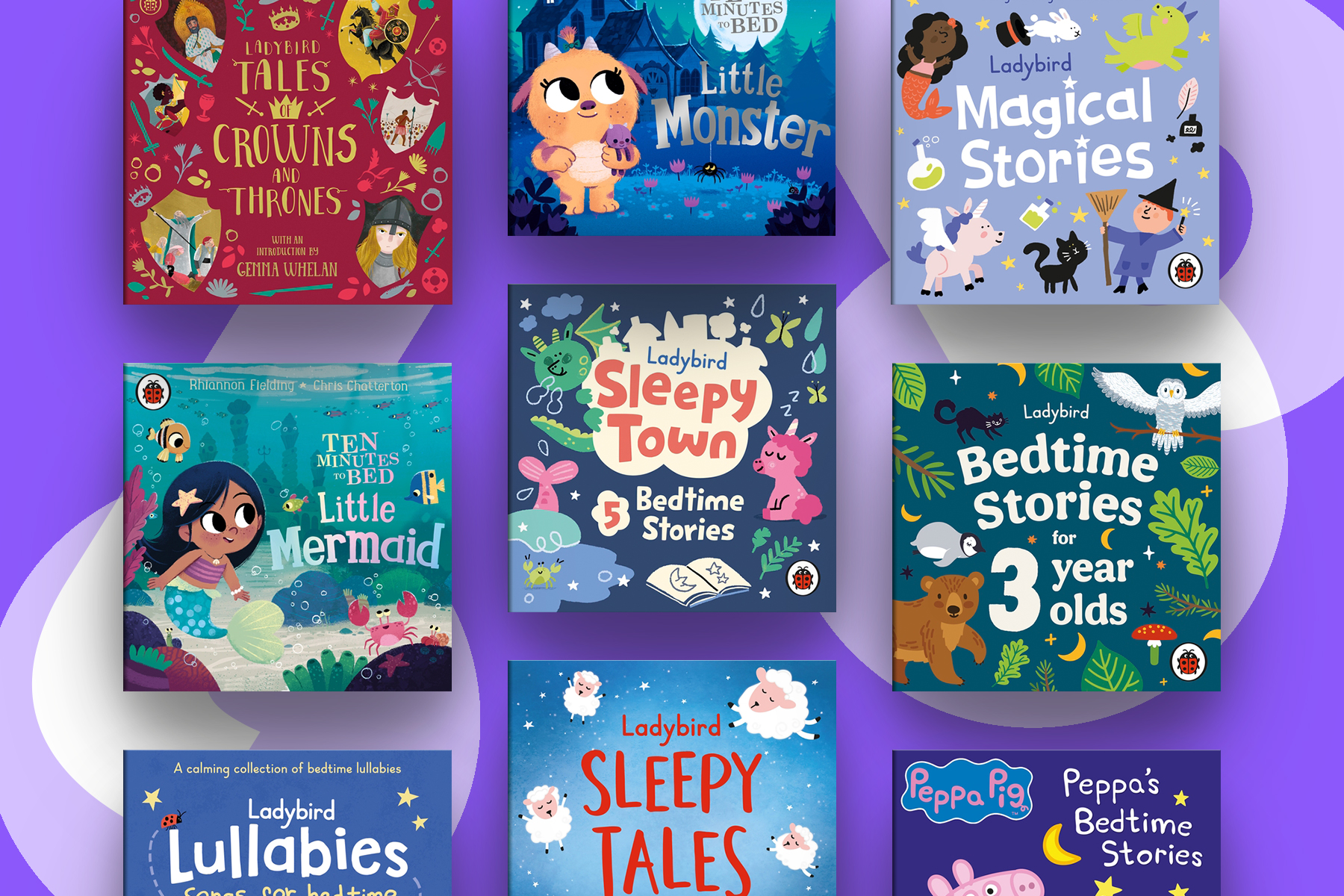- Home
- Discover
- Childrens articles
- 11 sleepy audiobooks to help little ones nod off
11 sleepy audiobooks to help little ones nod off

Audiobooks are being increasingly used to help both adults and children sleep – they’re a great way to switch off from screens and create some calm before bedtime. We’ve gathered together our top sleepy audiobooks for little listeners to enjoy. So, dim the lights, snuggle up and settle down for a good night's rest.
